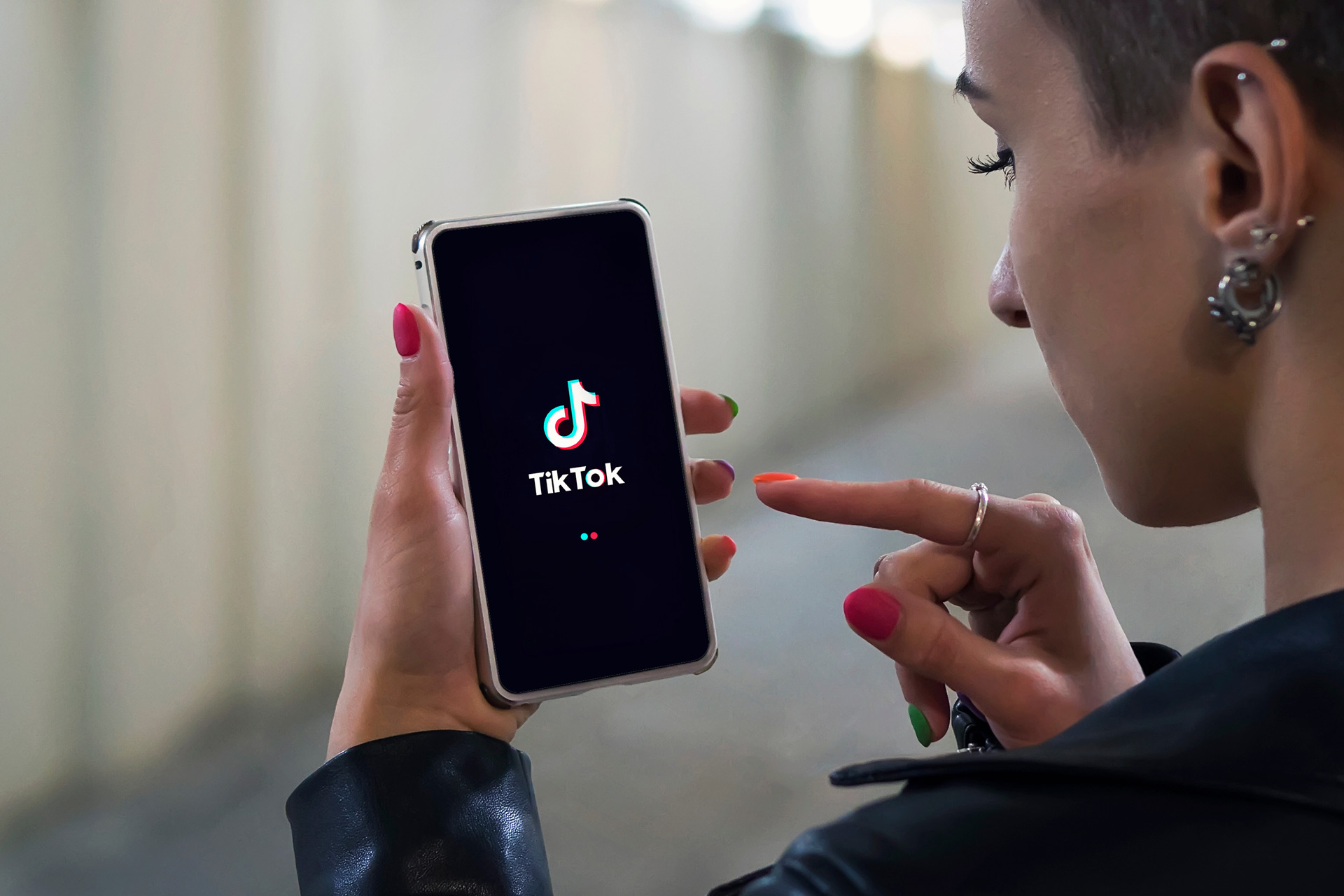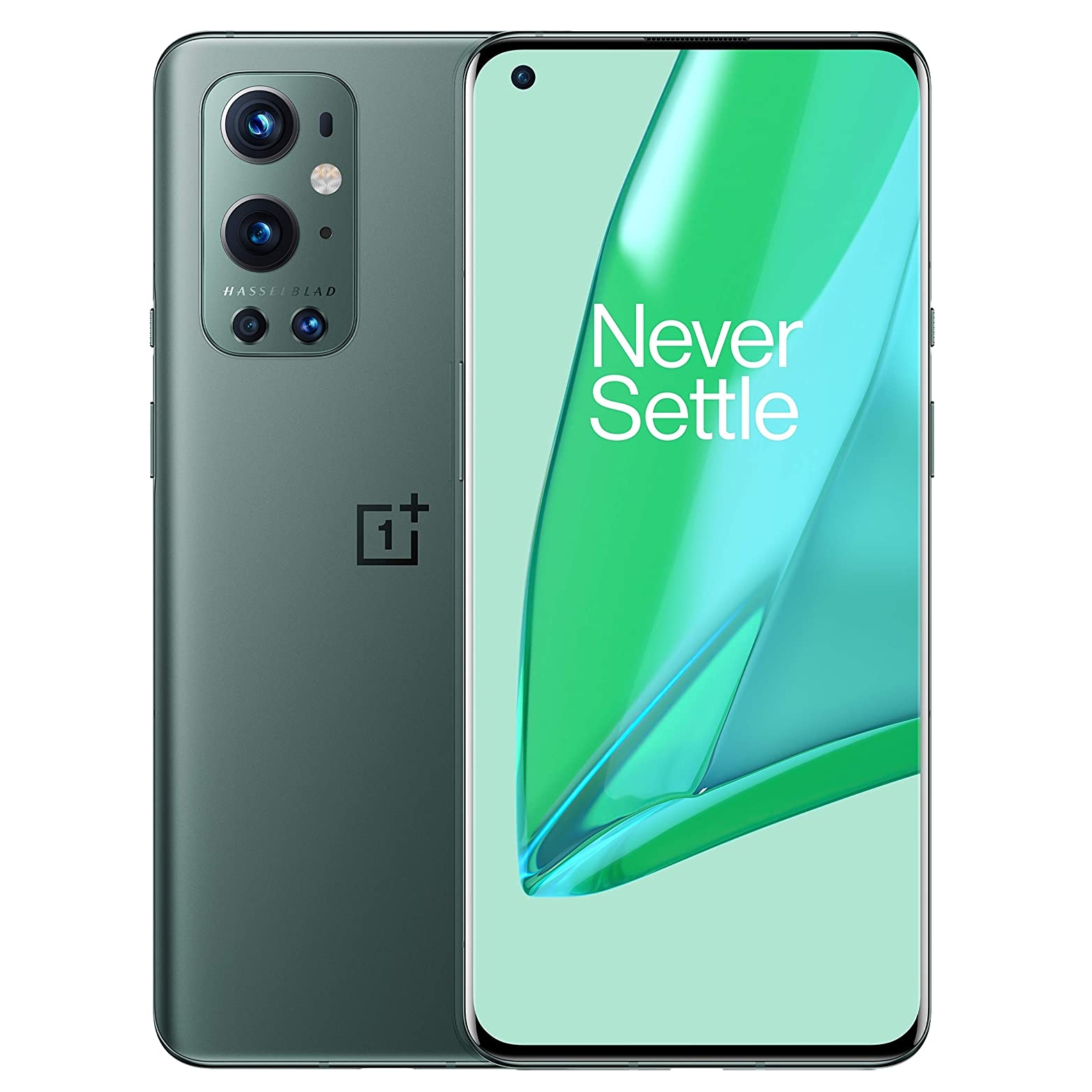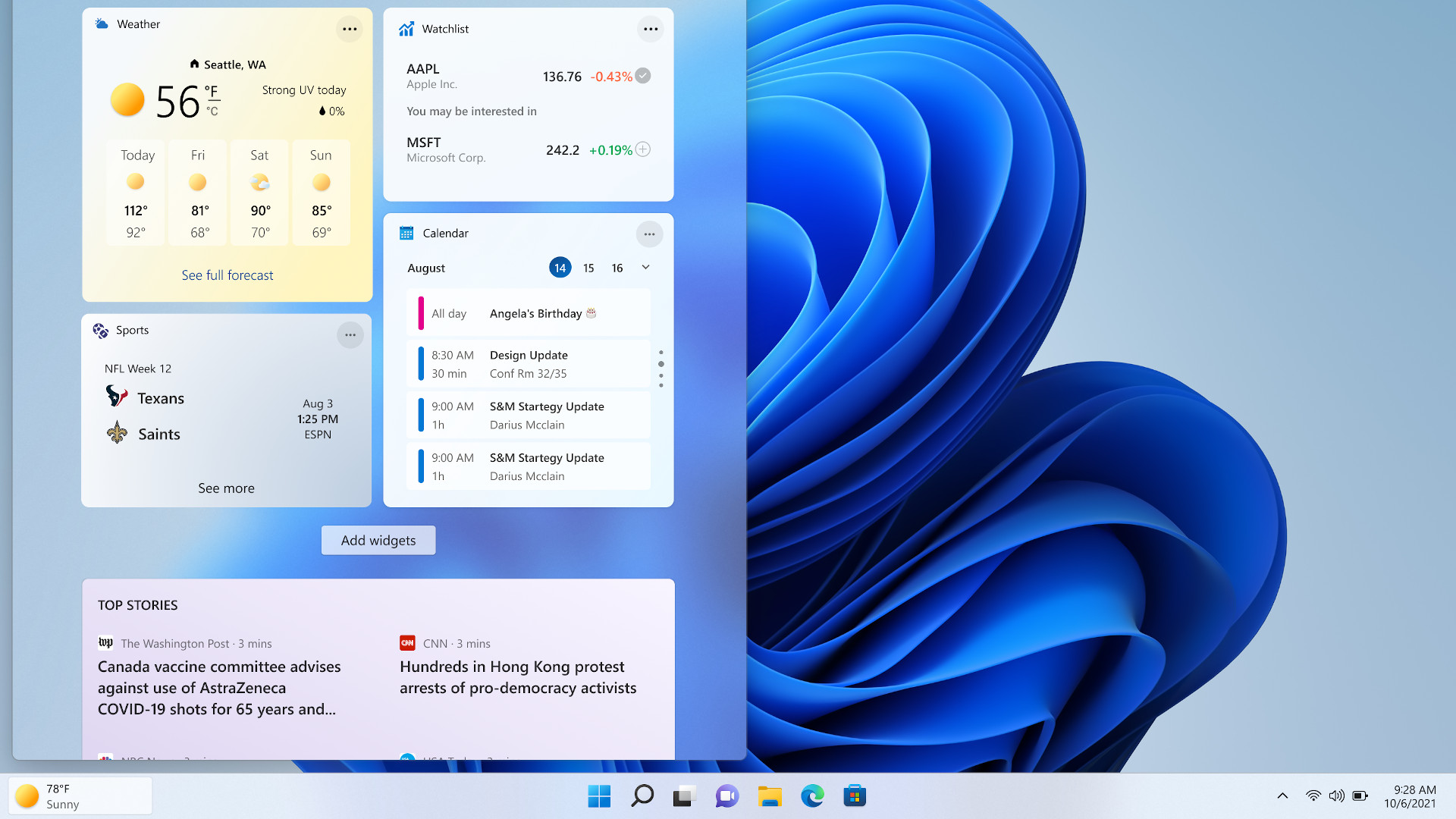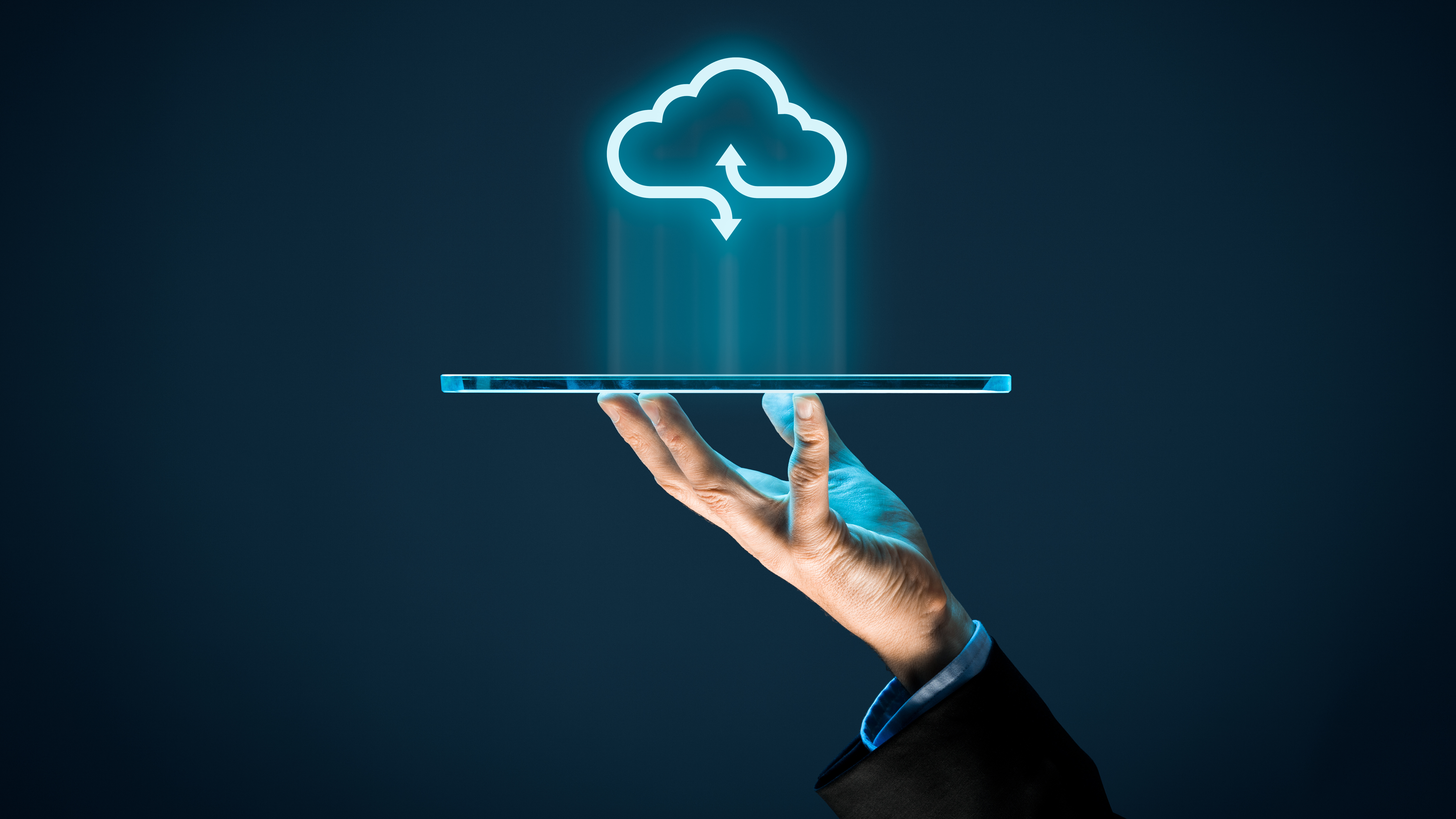14 things technology taught me in 2021
Opinion: You can learn a lot about technology and life in a year - if you’re paying attention

2021 is the kind of year that feels like two. So much happened in the world and, naturally, the tech space, that it seems impossible it all occurred in just a 12-month period. As I reflect on the year gone by, I think about what I experienced, witnessed, and learned. These were my core tech lessons of 2021.
Nothing lasts forever or even 15 minutes
Remember white-hot Clubhouse, the audio meetup app that vaulted onto the public social media stage in early 2021. It was an exclusive club (I remember struggling to get an invite) and quickly filled up with Crypto bros chatting up their latest investment opportunities and a lot of people musing about Clubhouse itself.
The space was so hot other social media platforms that thrived on pithy text missives quickly launched their own knockoffs. Chief among them was Twitter Spaces. It launched to everyone in October 2021 and quickly torched Clubhouse to the ground. Don’t get me wrong. Clubhouse is still around, but it’s also the platform that everyone refers to in the past tense, as in, “Whatever happened to Clubhouse?”
Remote isn’t easy
2021 kicked off with the first all-digital CES in memory and it was, if I’m being honest, kind of a disaster. I couldn’t find anything and many of the virtual rooms were dark and unsupervised. It was a reminder that the launch events streaming from Apple’s campus, Google’s HQ in Mountainview, CA, Microsoft’s Redmond campus, and even Samsung’s numerous Unveiled events are worth applauding for their skill and information density.
Now, as we head into 2022, we’re about to witness CES 2022’s hybrid event. There are still numerous activities happening on the ground in Las Vegas, but with so many tech media staying home (TechRadar included), that revamped digital portion is a critical component. Here’s hoping it goes smoothly.
Yes, you can go too far on social media
It’s hard to believe that January 6 happened this year. It’s a calamity that left a 2,800-mile scar across the U.S., one that has scarcely healed, as we are still learning the lessons of that awful day. The one that stuck with me, though, is that you can, in fact, push social media too far.
As the insurrectionists stormed The Capital, breaking windows and demanding some sort of Presidential Election recount, the outgoing President, Donald J. Trump, seemed to stoke their fire. On Twitter, he repeated the lie that a “landslide victory,” had been stripped away, even as people inside and outside his administration begged him to step in and send his supporters home. Twitter and Facebook had had enough (and they’d had a lot since 2016) finally booting Trump from the platforms. Those actions proved social media was listening, but also that more must be done to manage people’s activities and the content on all social media platforms.
Sign up for breaking news, reviews, opinion, top tech deals, and more.
Even Apple can say, ‘Nevermind’

The late Steve Jobs knew what customers wanted – even when they didn’t. Most of the time, Jobs was right and during his tenure, Apple produced one category-defining hit after another. However, this ethos also meant Jobs rarely apologized, admitted mistakes, or accepted defeat.
Under CEO Tim Cook, the Apple of today isn’t much different. The last time I remember Apple admitting it made a mistake was with the original “trash-can style” Mac Pro. A few years after introducing the unusual cylinder, Apple collected a small group of tech journalists (this one included), offered a mea culpa and an inside look into the next big Mac Pro redesign, which turned out to be a more traditional tower.
With the MacBook Pro and its mini-OLED track bar, which replaced the laptop’s physical Function Keys, the path was a bit different. Personally, I kind of liked the mutable display bar (you could even turn it into a tiny piano), but pro users demanded the return of the function keys and, especially, the Escape key - which returned in the 2020 update.
This year Apple introduced its new M1 MacBook Pro (and M1 Max), while quietly putting the Touch Bar out to pasture (the new laptop also marked the return of the beloved MagSafe charge port).
Apple didn’t make a big deal about the update to the keyboard (the focus was mostly on the pro-level M1 chips), but Apple watchers knew this was Apple’s own way of admitting it had done them wrong.
Premium content applies to everything
This year I watched as a small army of traditional tech media journalists march over to Substack, a DIY premium newsletter and publishing platform. Most of them have stars in their eyes—or are they dollar signs? Substack has paid a premium for some of this talent, but most are still struggling to grow their premium subscriber lists (free appears to enjoy significant growth) without running constant special promotions or covering really big product launch news.
None of this has put anyone off the premium content train. Twitter, for instance launched tipping and even something called Twitter Blue: A subscription-based, premium version of Twitter that’s supposed to offer something more than the traditional micro-blogging service, but which has yet to fulfill that promise in any tangible way.
TikTok’s in charge

There are few more recognizable social media brands than TikTok, a platform that’s survived almost two years of constant scrutiny from both the Trump Administration and, to a lesser extent, President Joe Biden’s team—all because it’s owned by the Chinese company ByteDance. The worry is that all those viral dances and other TikTok content are feeding Chinese intelligence countless bits of your personal data.
None of that seems to matter, though, as its influence and power absolutely exploded in 2021. People who said they’d never TikTok have joined because, as brands, they can no longer afford not to. It’s not just tween eyeballs that are there, it’s Millennials, Gen Y, Gen X and Baby Boomers. Celebrities with music, movies, and TV shows to sell now produce a steady stream of on-brand Toks. Plus, it’s a major driver of trends across all media, including competing social platforms where TikToks are often reposted.
There are competitors, like Triller, and every OG platform, including Facebook, Instagram, YouTube, and Snapchat, are doing their best to imitate the platform and, they hope, its unrivaled success.
NFT is a divider
Few emerging spaces have generated as much excitement, controversy, and confusion as NFTs (Non-fungible Tokens).
Millions have been spent on these unique, digital, entities, which includes everything from digital trading cards and comic book-style monkies to stylized photos of celebrities and images of classic Macy’s Thanksgiving Day Parade Balloons. Nothing is off the table for NFTs and, if you spend any time in Crypto Bro chatrooms, you’ll believe the future of NFTs is unlimited.
Yet, there’s an equally vocal contingent who worry that NFTs are one massive hype bubble. It’s ungraspable art bought with untouchable coins. A cynical circle of hype that threatens to spin out of control and leave over-eager investors holding thousands of empty crypto bags. Typically, such confidence gaps between hope and reality shrink over time, especially as a technology becomes established. But that’s not happening with NFTs. Instead, we have a glut of new NFTs, insane valuations, and serious concerns about what this all means in the real world.
Smartphone cameras are going retro

There’s always been a somewhat unacknowledged limit when it comes to smartphone camera capabilities. Apple, Google, Samsung, and others can throw in as many lens elements as they want, up the sensors to 50 megapixels or more, and introduce impressive on-chip image processing. However, they are always pushing up against a physical limit: the amount of space they could put between those lenses and the sensor. Unless you’re willing to carry around an inch thick smartphone, this distance can be measured in microns.
Samsung and others tried to get around this by building in a tiny prism that took the image from the lens, left turned it at the prism, and then sent it lengthwise down the phone body to a waiting image sensor. This design, however, hasn’t really caught on.
This year, though, I saw more phone manufacturers partnering up with old-school camera companies. Samsung may work with Olympus and OnePlus worked with both Sony (image sensor) and the iconic Hasselblad brand for its OnePlus 9 Pro camera technology.
Leica went so far as to create its own phone, the Leitz Phone 1 (available only in the Japanese market).
I also noticed that with Apple’s iPhone 13 line and Google’s new Pixel 6, both companies are pushing the limits of camera bump possibly to give each of their lenses a few precious more microns of distance between their lenses and the sensors.
Time bends slowly
Granted, I haven’t spent a lot of time away from my home, but a few years into our glorious bendable phone revolution, I have yet to see even one of the bendable smartphone options out in the wild. This is despite the fact that the new editions are reportedly outselling the previous ones by a wide margin (another brick in the "it's all relative" comparison wall).
Perhaps it’s the price. Most of them, including the new Samsung Galaxy Z Flip 3, are still roughly $1,000, or it might be that all the bendy options are still on Android. I think, though, that until Apple unveils its first bendable-screen iPhone (2022 could be the year), we’ll have to wait for mass adoption (at least in the U.S.).
It might also be that people are less interested in folding screens than everyone (mainly Samsung) thought. Part of the problem is that folding screen devices are usually twice as thick as a traditional phone (when folded closed). We may like our phones big, but not so much thick.
Big changes often equal many tiny troubles

I’ve been running Microsoft Windows 11 for months and am generally pleased, but I’ve seen the reports of people frustrated by disappearing volume controls and unaccountable bugs like SSD drives not performing up to par, patches not installing, and this recent one that messes with color rendering on some displays—a potentially huge issue for image professionals.
For my part, it’s been mostly smooth sailing, except for this one major, still-undiagnosed bug that crashes my relatively new Surface Pro 7 right down to its Blue Screen bones almost every time I run Google Meet on Microsoft Edge (still my favorite browser).
It’s worth remembering that Windows is no longer packaged software, it’s a service that Microsoft provides while constantly rotating the tires and changing the oil as we drive. Things are bound to break, but I give Microsoft credit for its responsiveness, and I still think Windows 11 is the best major update since Windows 7.
Space is about money
As a life-long space nerd, I’ve always believed the conquest of space was about science, exploration, strange new worlds, and civilizations… I never thought it was about money.
I’m not naive, I know it takes billions of dollars to mount a launch and that NASA of the 1970s -through-the 1990s was so mismanaged that only privatized space entrepreneurs could save it. However, it wasn’t until this year, when billionaires took willing and well-pocketed tourists to the edge of space and beyond, that I fully understood the whole thing to be about money.
I love watching all of these launches, but what good does it really do to send Jeff Bezos or Richard Branson and friends of Bezos and Branson for short jaunts into space? What are we learning and how does that get us closer to Mars? At least SpaceX is taking people to space in its Dragon capsule for days and, it seems, putting them to work. Still, the focus is on these tourist rides and less on the work that needs to happen many times faster to get us back to the moon, Mars, and beyond.
There’s never enough storage

2021 was the year I gave in and signed up for my third premium cloud storage platform. I’m now paying for space on Microsoft’s OneDrive, Apple iCloud, and Google One cloud. None of them is that expensive, but together they all add up while I grow increasingly concerned about how my data is spread across at least three separate systems.
There’s no great lesson here, just an admission that we can’t escape these systems, and none are designed to help us consolidate and manage our cloud data in a more cohesive way. Perhaps someone will figure that out in 2022.
Nothing can escape the supply chain
2021 was the year we all got conversant in “supply chain” issues. This issue, a side-effect of the pandemic and its demand whiplash, squeezed supplies on most of our favorite technologies and even some standard goods like traditional cars. The whole mess taught me about where we source our products (still so much comes from overseas) and that even though much of this is technology, it’s all delivered the old-school way, by trucks, cargo ships, ports, and trains, and not one of those pipes is well-resourced or big enough to properly serve a growing global market.
The other thing it taught me is patience. Lots and lots of patience.
We’re not ready to go meta
Facebook’s parent company, Meta, may be hot on the Metaverse, and it has turned on a lot of other tech companies and crypto and Web 3 fans, but what I’ve realized is that you can’t make people go meta. No average consumer is diving into the metaverse until their real universe gets itself in order.
The never-ending pandemic has us laser-focused on real-world problems and an escape into a virtual world is not going to get us out of it any faster.
Also, I learned that the current metaverse just isn’t as cool as you hoped it would be.

A 38-year industry veteran and award-winning journalist, Lance has covered technology since PCs were the size of suitcases and “on line” meant “waiting.” He’s a former Lifewire Editor-in-Chief, Mashable Editor-in-Chief, and, before that, Editor in Chief of PCMag.com and Senior Vice President of Content for Ziff Davis, Inc. He also wrote a popular, weekly tech column for Medium called The Upgrade.
Lance Ulanoff makes frequent appearances on national, international, and local news programs including Live with Kelly and Mark, the Today Show, Good Morning America, CNBC, CNN, and the BBC.